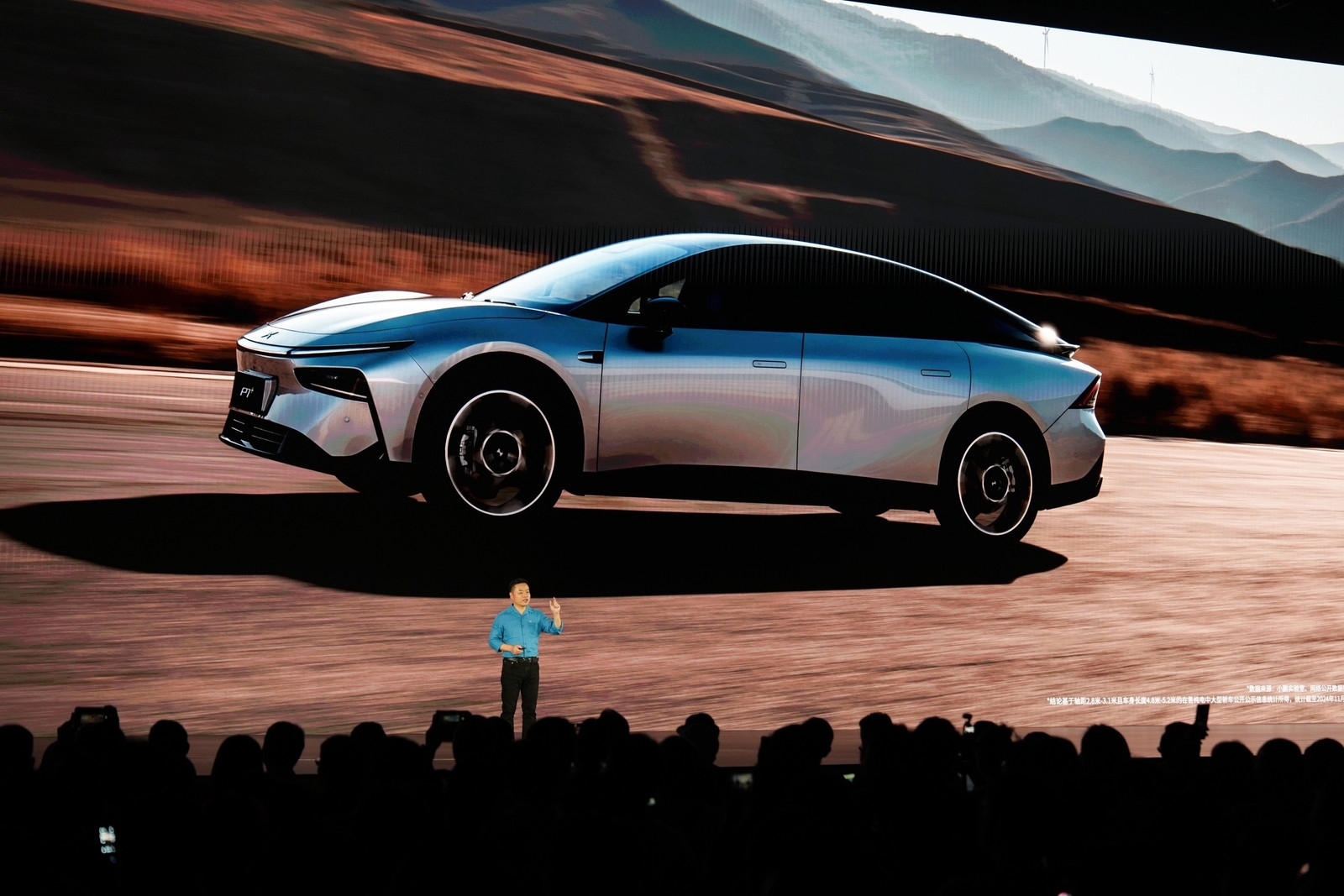 Sign up for daily news updates from CleanTechnica on email. Or follow us on Google News!
Sign up for daily news updates from CleanTechnica on email. Or follow us on Google News!
BMW claims its Neue Klasse electric cars — the first of which will go on sale later this year — will be 20 percent more efficient than its existing EVs. Why is that important? Because efficiency is the be all and end all for electric cars since the power density of batteries is much less than the power density of gasoline. According to the EPA, a gallon of gasoline weighs about 6 pounds and is equivalent to 33.7 kWh of energy. By contrast, a 33.7 kWh battery weighs about 357 pounds (162 kg). That means a gasoline-powered car has a huge weight advantage over a battery-powered car. But here’s the thing: A conventional car only converts about 20 percent of the energy in the gasoline it carries around into forward motion (some more, some less), while an electric car converts about 90 percent of the energy stored in its battery into forward motion (also some more and some less). That levels the playing field between conventional cars and electric cars considerably, even though conventional cars still have an overall advantage in upfront cost. Efficiency is what levels the playing field even more.
In a press release on February 21, 2025, BMW said that with its new sixth-generation eDrive technology — known as Gen6 — is a technological quantum leap. Improvements include a 30 percent faster charging speed and a 30 percent increase in range, with certain models achieving even higher figures. The Gen6 high-voltage battery concept benefits from the new 800-volt technology. Gen6 will make its debut this year in the Neue Klasse and subsequently be used to drive models across BMW Group’s fully electric product range.
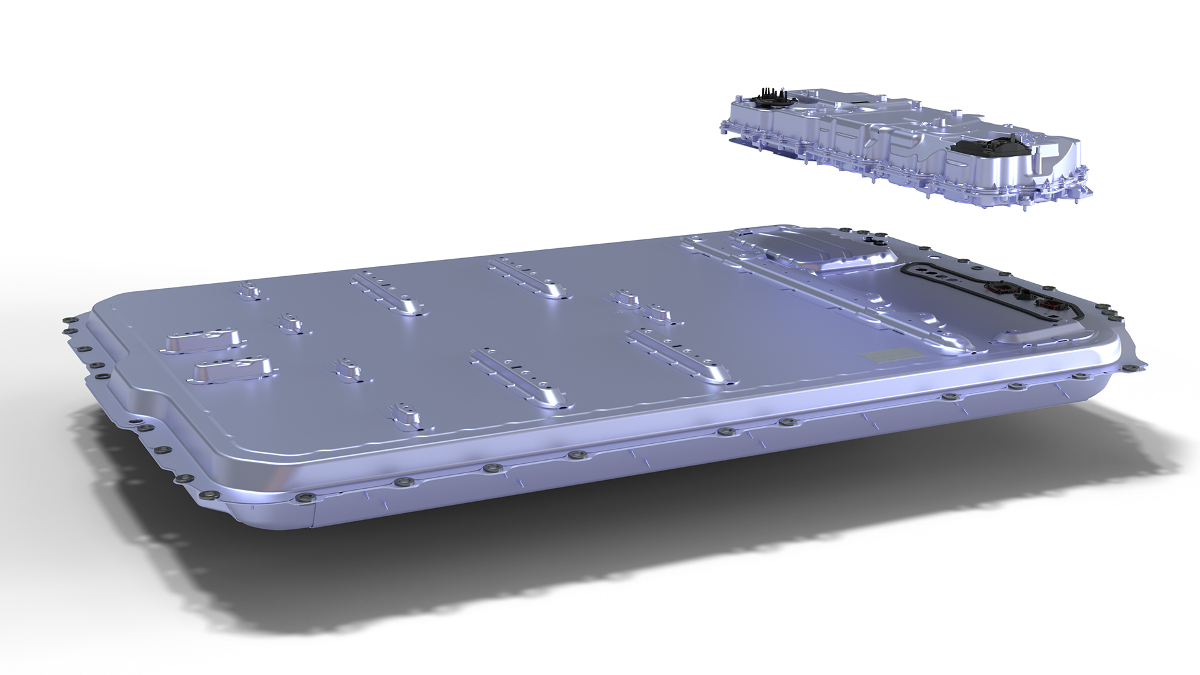
The concept for the Gen6 batteries is fundamentally new and will find applications in all vehicle segments, up to and including the high-performance models from the BMW M division. The new slimmer design allows the battery to be integrated into a spread of different models, regardless of vehicle height. For its sedans and sports cars, BMW will use 4695 cells that are 46 mm in diameter and 95 mm in height. For SUVs and larger cars, it will use 46120 cells with a height of 120 mm.
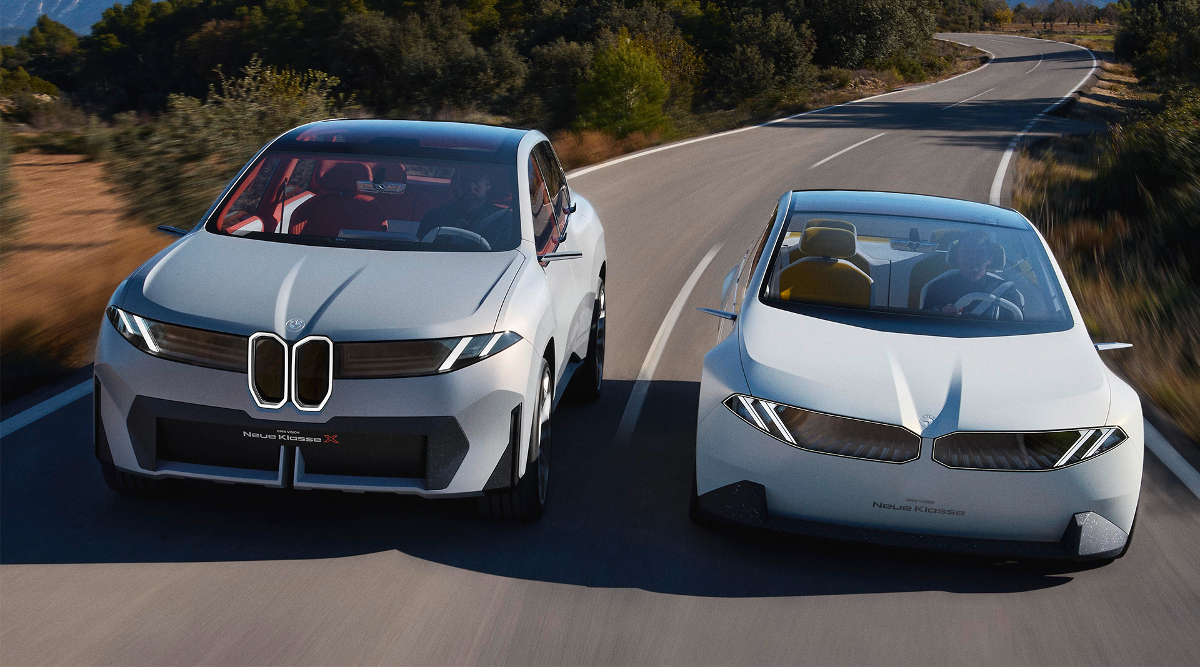
The battery pack will take on the role of a structural component in the Neue Klasse models, and the new cylindrical cells will be integrated directly into the battery pack, rather than in individual packs that are then assembled into battery packs. The new cylindrical cell will have 20 percent greater energy density than the Gen5 prismatic battery cell used previously. The new battery has also been designed with bi-directional charging in mind, which means vehicle to load, vehicle to home, and vehicle to grid operation will be possible with all BMW vehicles that use the new Gen6 technology.
“For the BMW Group, electric mobility is the future and a key area of growth. We are leading the way with this drivetrain technology. At the same time, we are deliberately taking a technology-open approach, recognizing that mobility needs vary between different regions of the world,” said Dr. Joachim Post, BMW board member responsible for purchasing and the company’s supplier network. “We want to offer our customers the best drive concept for every need. It is possible to do both — offer the best drive technology for every need and be at the forefront of electric mobility.”
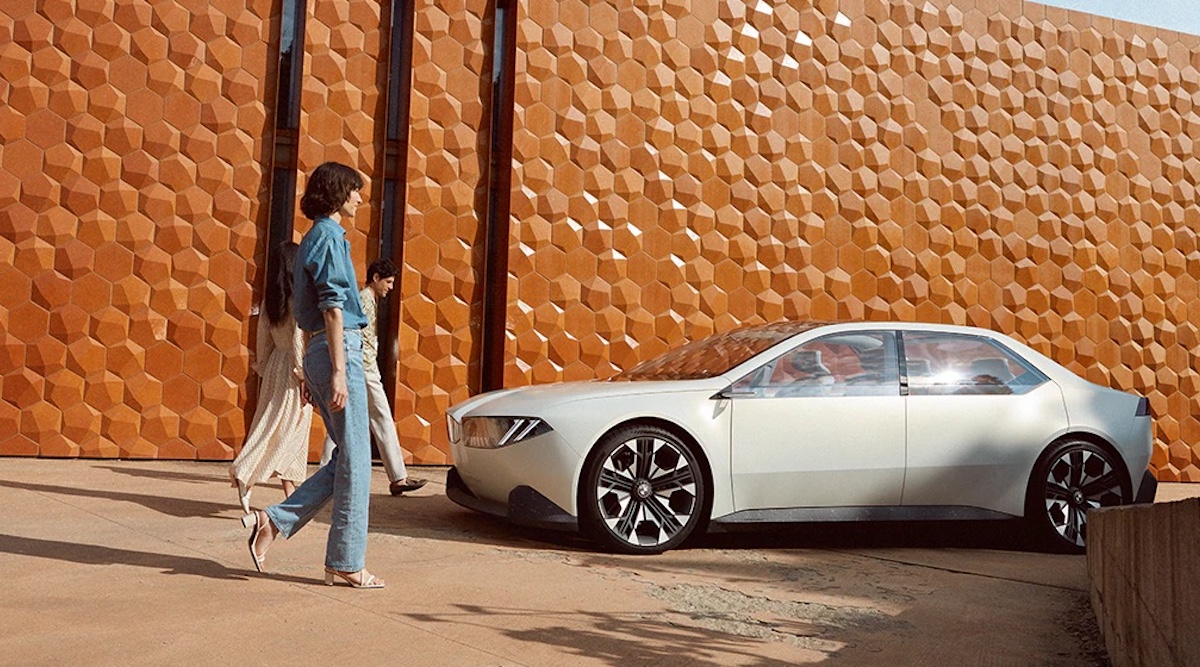
An electric car is more than just a battery, of course. Sophisticated electronics are needed to manage the flow of electrons into and out of the battery as well. All of the electronics for the Gen6 batteries are contained in what BMW calls the Energy Master — a central control unit positioned on the battery that controls the high- and low-voltage power supply and manages the data from battery. It also controls the power supply for the electric motor and vehicle electrical system and ensures the safe and intelligent operation of the battery. BMW Group has filed a whole series of new patent applications for the vehicle electrical system, including its electronic fuses. Both the hardware and software of the Energy Master were developed fully in-house at BMW Group, which ensures that technological developments and updates for vehicles that use the Gen6 technology can be implemented independently and in real time via over-the-air remote software upgrades.
New Electric Motor Technology For BMW
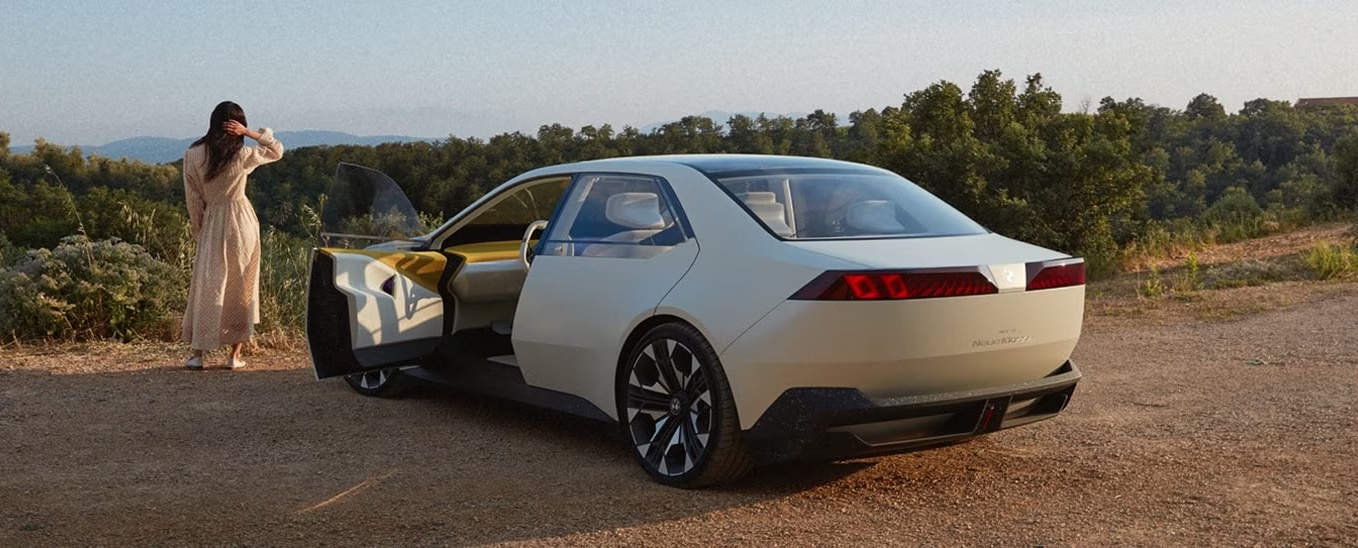
BMW will use electrically excited synchronous (EESM) and asynchronous motor (ASM) technology in its Gen6 platorm. In a synchronous motor, the magnetic field in the rotor is generated by windings fed with direct current rather than permanent magnets. In this way, the strength of the rotor’s magnetic field can be optimally adjusted to the prevailing load conditions. This results in both excellent levels of efficiency in most driving situations and constant power output at high rotational speeds. The synchronous motor will be positioned above the rear axle and feature a compact housing incorporating the electric drive unit, power electronics, and transmission. Just the design of the rotor alone resulted in ten new patent applications. The inverter now features 800-volt technology along with silicon carbide (SiC) semiconductors to boost efficiency and is completely integrated into the housing of the electric motor.
The Gen6 powertrain employs a second, additional electric motor technology in the form of the asynchronous motor (ASM). Here, instead of being generated by permanent magnets (PSM) or electrical excitation (EESM), the rotor’s magnetic field is induced by the stator. On this type of motor, the rotor takes the form of a metal cage. The asynchronous motor offers the advantage of a more compact design and superior cost efficiency. The ASM motor variants will power the front wheels of Neue Klasse cars with xDrive.
According to BMW Blog, the company said at the introduction of the Gen 6 technology this week that its future electric cars would be able to drive at least 373 miles (600 kilometers) on a full charge, with some models capable of up to 570 miles (900 km) between chargers. In addition, the new 800-volt architecture will enable 30 percent faster charging, so not only will the cars be able to drive further, they will spend less time charging when the need arises. Say goodbye (and good riddance) to range anxiety! In addition, the company said some of its future electric cars could come with three or even four electric motors.
BMW has not said specifically which future models will get which combination of motors or achieve the promised range figures, but it is clear the Neue Klasse vehicles and the Gen6 battery technology will be a quantum leap forward for the company and for the EV revolution. Of all the German manufacturers, BMW has enjoyed the most sales success with its electric car offerings, primarily because it offer drivers the same level of comfort and performance they are used to. Give the people what they want and plenty of it is a well worn sales strategy — because it works. The bottom line is all the technical geewizardry in the world is worth nothing if people don’t buy your products. BMW seems to understand this quite well.
Chip in a few dollars a month to help support independent cleantech coverage that helps to accelerate the cleantech revolution!
Have a tip for CleanTechnica? Want to advertise? Want to suggest a guest for our CleanTech Talk podcast? Contact us here.
Sign up for our daily newsletter for 15 new cleantech stories a day. Or sign up for our weekly one if daily is too frequent.
CleanTechnica uses affiliate links. See our policy here.
CleanTechnica’s Comment Policy




